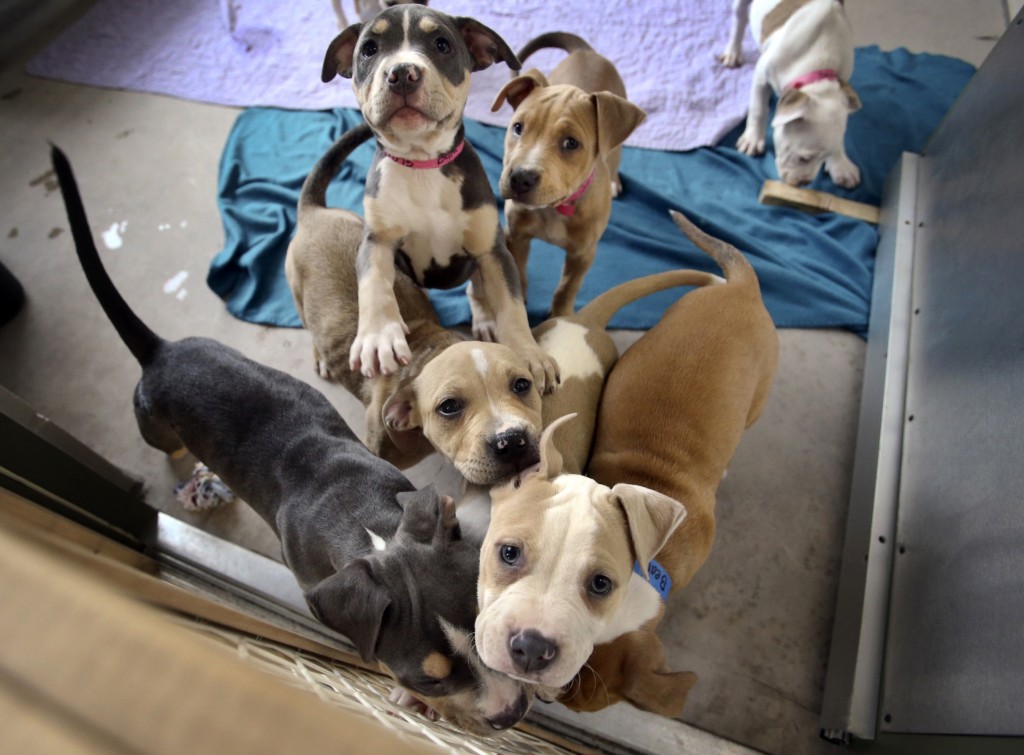
Read “Defining No Kill,” My new article in the Huffington Post by clicking here.
There are some who want to simply reduce the killing to some consensus-based percentage, such as 10% or less. They claim a shelter or community achieves No Kill when it saves at least 90% of the animals. This is the kind of thinking that allows a city in Florida to claim No Kill despite a pit bull ban that condemns dogs based on the way they look. It is what allows a Michigan shelter to claim No Kill because of a save rate higher than 90%, while asking people to submit a “euthanize card” whenever they surrender healthy, community cats who are not social with people. It is what allows a California shelter to kill healthy animals so long as the save rate does not fall below 90%.
Although I celebrate the increasing success of cities who are saving 90%, claiming to have achieved No Kill suggests that they have crossed the finish line and are doing all that is medically and behaviorally possible to save animals animals when they are not.
The goal of the No Kill movement is not to reduce killing to some consensus-based level. It is to end killing for all animals who are not irremediably suffering physically, rigorously defined. Otherwise, the movement legitimizes the killing of animals who can and should be saved while betraying the very ethos at the heart of the term “No Kill.” Shelter staff should never feel okay about killing, regardless of whether the animals are healthy, have treatable conditions such as ringworm, are categorized as “feral,” happen to be of a species other than a dog or a cat, are banned because of their perceived breed, or because killing such an animal won’t affect statistics that still allow the shelter to post a 90% save rate.
So how should we define No Kill?
In the most honest, most accurate, and most objective way possible:
“A shelter or community achieves No Kill when it ends the killing of all animals, except those who are physically suffering irremediably. Irremediable physical suffering means an animal who has a poor or grave prognosis for being able to live without severe, unremitting pain even with prompt, necessary, and comprehensive veterinary care, such as an animal in fulminant organ system failure.”
Following this very strict definition which serves each and every animal entering a shelter, and not just a certain percentage of them, will result in shelters making the same decisions for animals in their facility that you or I would make with our own animal companions. And only then would a shelter truly return “euthanasia” to its dictionary definition.
Read “Defining No Kill,” my new article in the Huffington Post by clicking here.
————-
Have a comment? Join the discussion by clicking here.